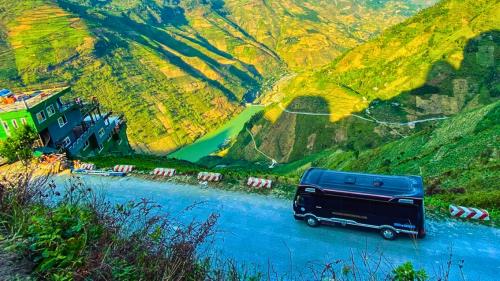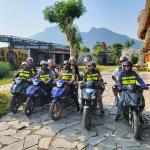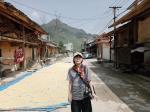Planning your trip to North Vietnam? This complete north Vietnam travel guide covers top destinations, best times to visit, local tips, transportation, and itinerary ideas.
Why Choose North Vietnam?
If you're looking for a region that combines natural beauty, cultural depth, historical landmarks, and adventure, North Vietnam is the perfect place to start your journey. Unlike the bustling cities of the south or the beach-focused central coast, the north offers misty mountains, ethnic minority cultures, ancient towns, and breathtaking landscapes that remain largely untouched.
This north Vietnam travel guide will help you plan an unforgettable experience through the most captivating part of the country.
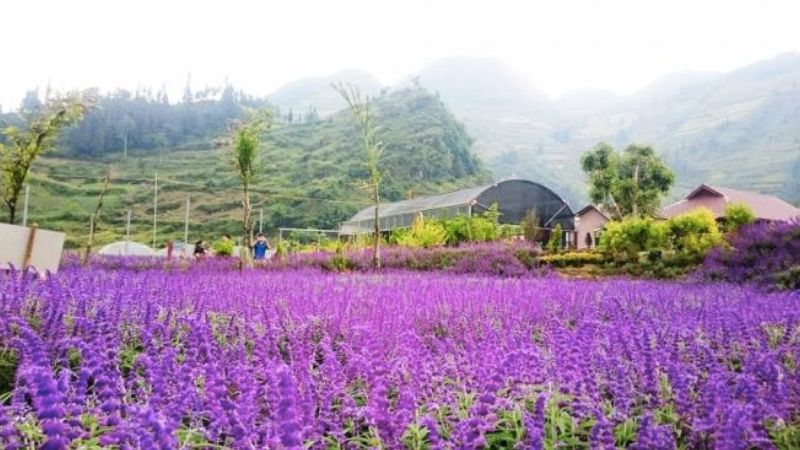
Best Time to Visit North Vietnam
North Vietnam has four distinct seasons, so the best time to visit depends on what you're looking for.
-
Spring (March–May): Cool weather, blooming flowers, and ideal for trekking in Sapa or Ha Giang.
-
Autumn (September–November): Pleasant temperatures and golden rice fields. Great for photography and outdoor travel.
-
Winter (December–February): Cold in the mountains, foggy in cities like Hanoi and Sapa, but fewer tourists.
-
Summer (June–August): Hot and humid, with occasional showers. Good for visiting waterfalls and cruising in Ha Long Bay.
Tip: For comfortable weather and clear views, aim for spring or autumn.
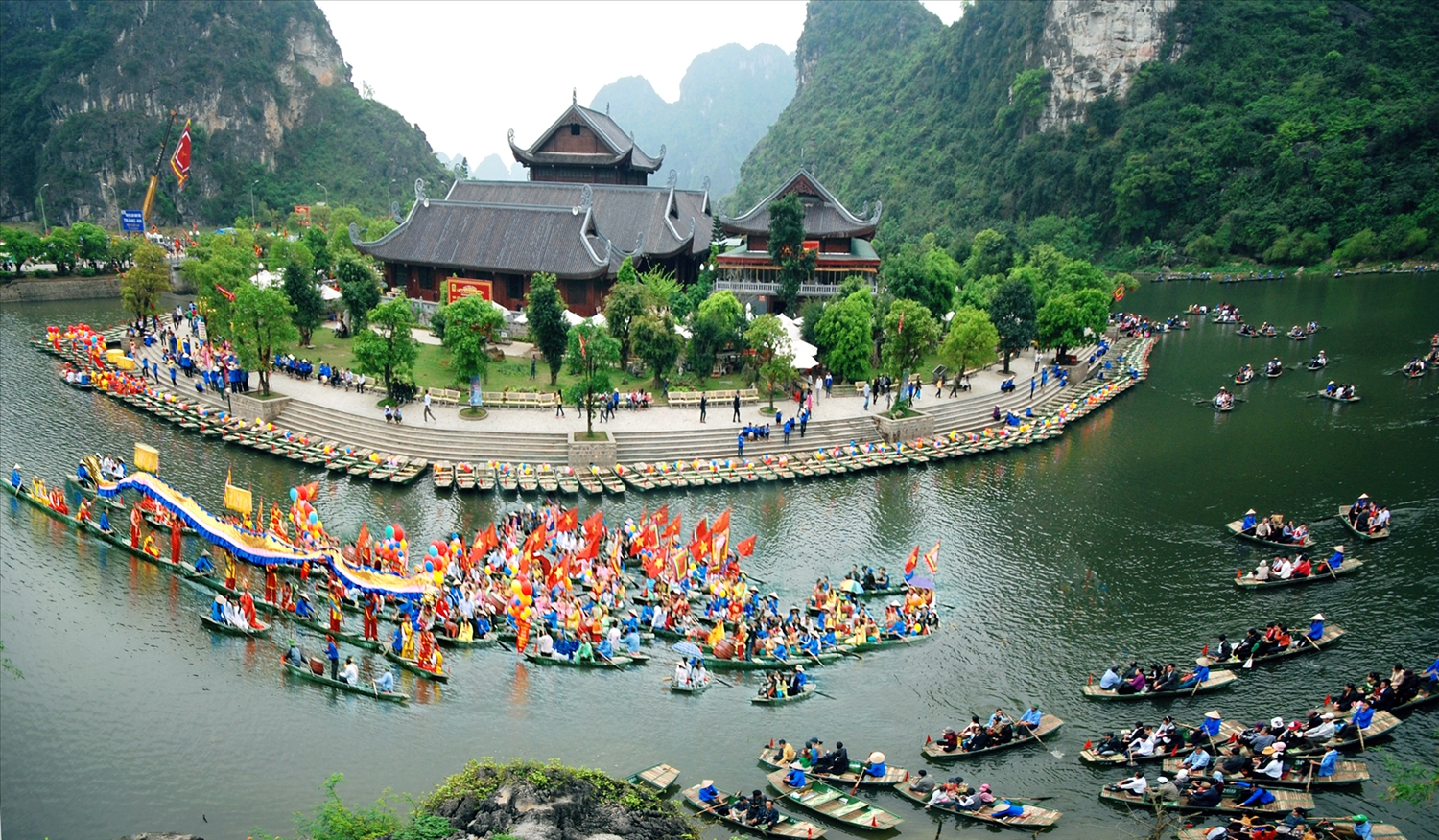
Top Destinations in North Vietnam
Hanoi – Capital of Culture and Chaos
Start your trip in Hanoi, the political and cultural heart of Vietnam. It’s a city of contrasts: ancient temples next to modern cafés, French colonial buildings beside street vendors.
Must-see spots:
-
Hoan Kiem Lake
-
Hanoi Old Quarter
-
Ho Chi Minh Mausoleum
-
Temple of Literature
Don’t miss: Trying local dishes like pho, bun cha, and egg coffee.
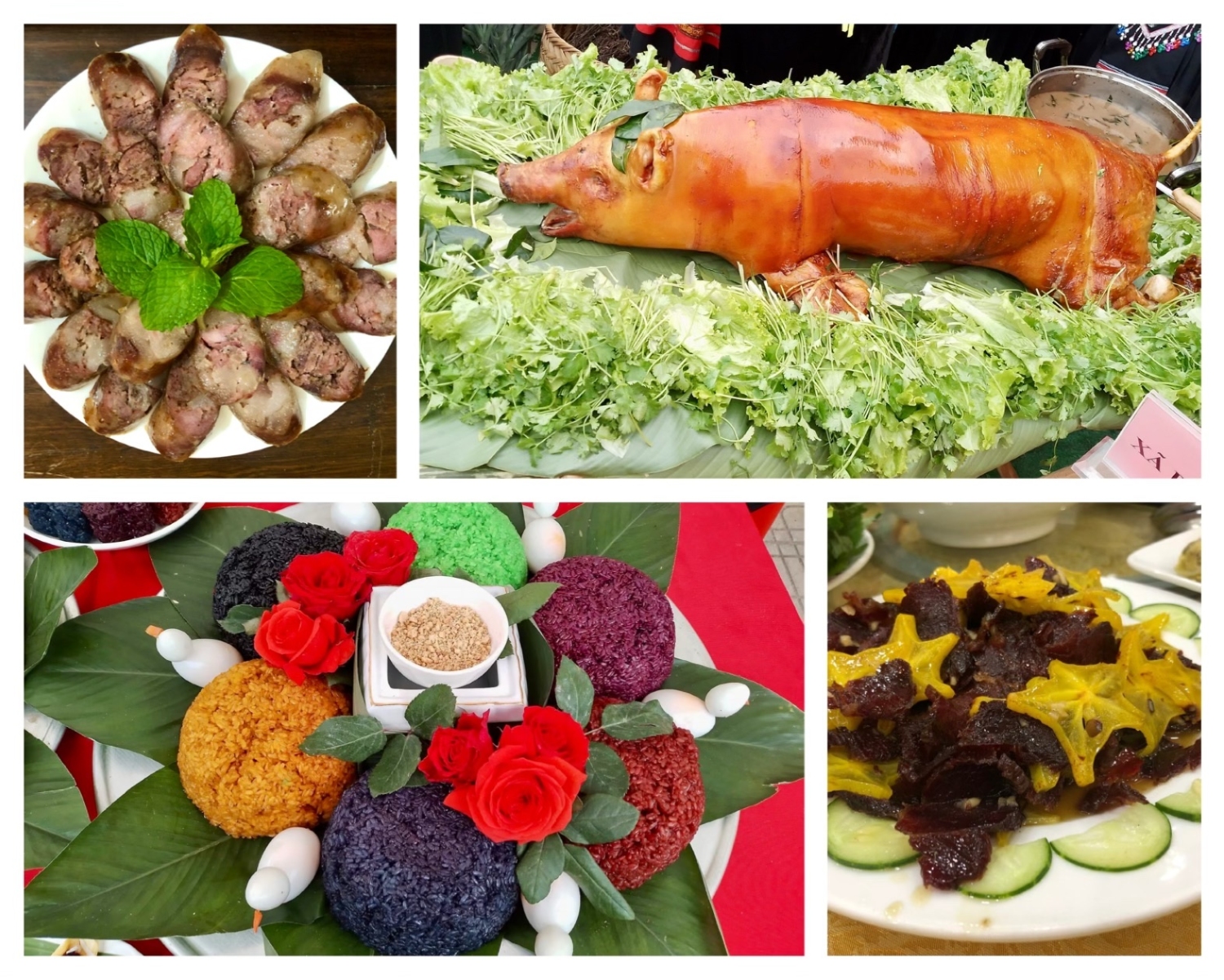
Ha Long Bay – World-Famous Natural Wonder
A UNESCO World Heritage Site, Ha Long Bay is known for its emerald waters and thousands of limestone islands.
Things to do:
-
Take an overnight cruise
-
Go kayaking through caves
-
Visit floating fishing villages
-
Explore Titop Island or Surprise Cave
Tip: Book your cruise in advance and choose a route with fewer crowds, like Lan Ha Bay.
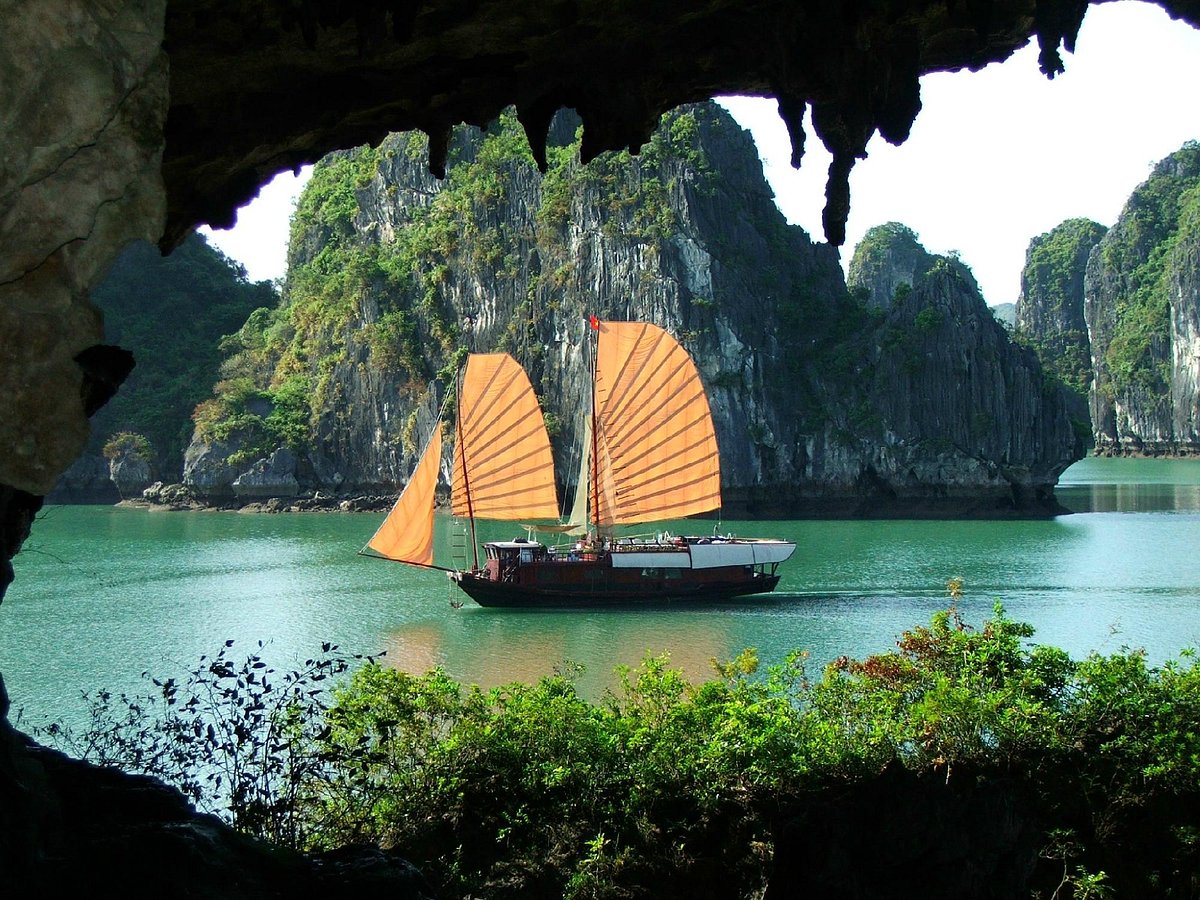
Sapa – Trekking and Terraced Fields
Located in the northwest mountains, Sapa offers breathtaking scenery and access to diverse ethnic minority cultures.
Highlights:
-
Trek to ethnic villages like Lao Chai, Ta Van, and Cat Cat
-
Take the cable car to Fansipan Peak – “The Roof of Indochina”
-
Explore local markets and enjoy homestays
Best time to visit: Autumn (for golden rice terraces) or spring (for flower season).
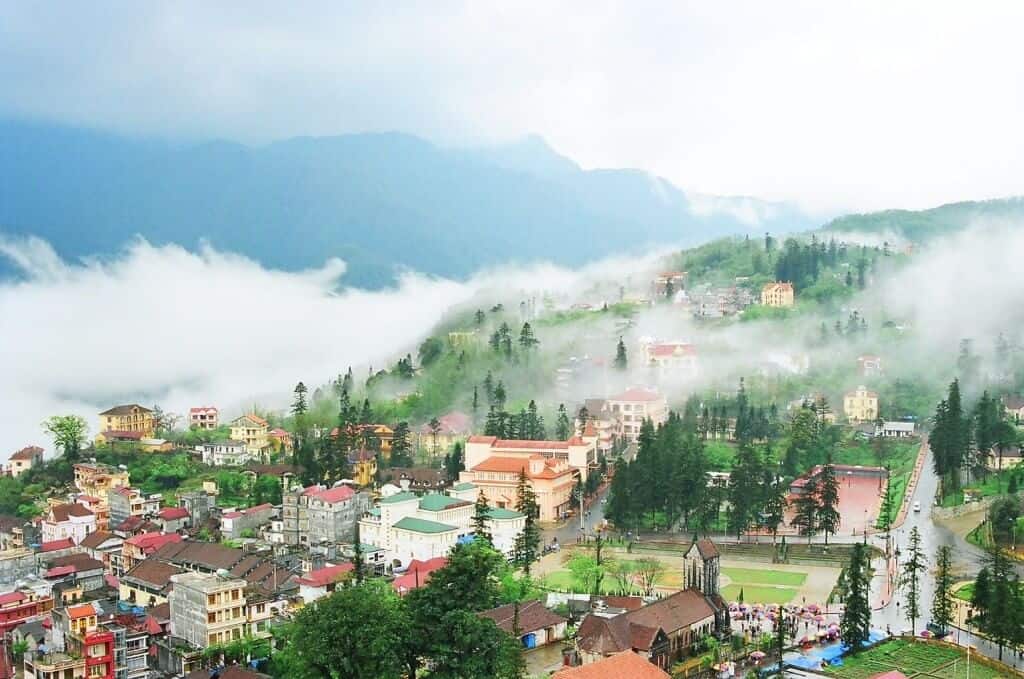
Ninh Binh – The Inland Ha Long Bay
Just two hours south of Hanoi, Ninh Binh is a peaceful alternative to Ha Long Bay with equally stunning limestone formations and cultural sites.
Top attractions:
-
Trang An boat tour (UNESCO-listed)
-
Tam Coc rice fields
-
Bai Dinh Pagoda – the largest Buddhist temple in Vietnam
-
Mua Cave – panoramic viewpoint
Travel tip: Rent a bike to explore the rural landscape.

Ha Giang – Vietnam’s Ultimate Road Trip
For those seeking adventure, Ha Giang offers the most dramatic landscapes in the country. The Ha Giang Loop is a popular motorbike route that takes you through limestone mountains, steep valleys, and small ethnic villages.
Must-see spots:
-
Ma Pi Leng Pass
-
Dong Van Karst Plateau
-
Lung Cu Flag Tower
-
Local Sunday markets in Meo Vac and Dong Van
Tip: Plan 3–5 days for the loop and consider hiring an easy rider if you’re not experienced.
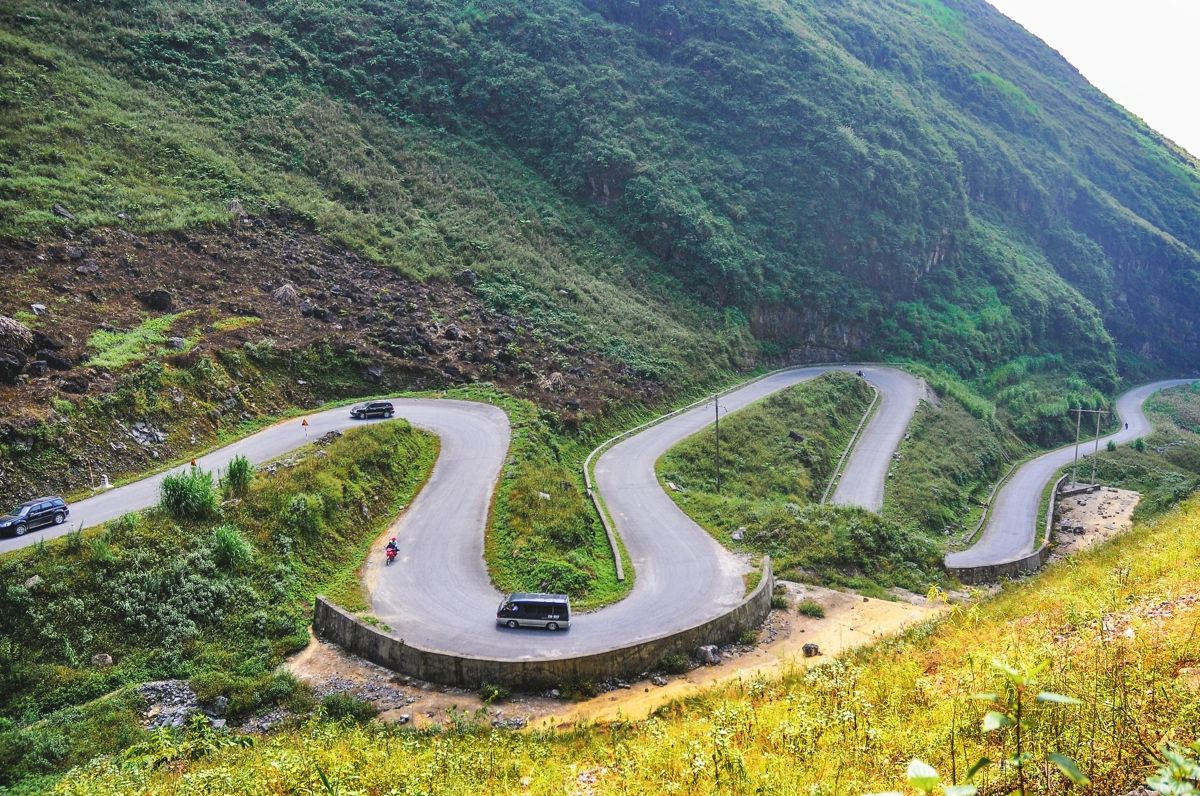
Cao Bang – Waterfalls and Caves
Home to Ban Gioc Waterfall, one of the most beautiful in Asia, Cao Bang is a hidden gem in North Vietnam. The province also offers historical landmarks and natural wonders.
Don’t miss:
-
Ban Gioc Waterfall
-
Nguom Ngao Cave
-
Pac Bo Historical Site
-
Border road drives and tranquil countryside
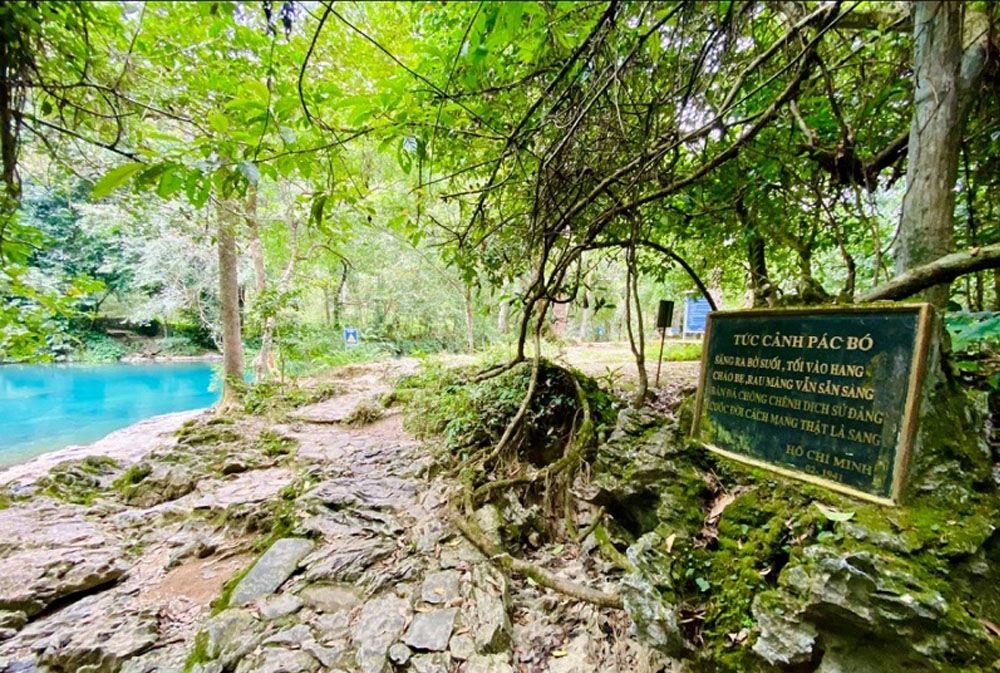
Transportation in North Vietnam
Traveling around North Vietnam is fairly easy once you're in the country. Here are the most common options:
-
Domestic flights: Useful for long distances, though less common in the north.
-
Trains: The overnight train from Hanoi to Lao Cai (Sapa) is scenic and convenient.
-
Buses/minivans: Widely available and affordable; good for reaching Ha Giang, Ninh Binh, or Cao Bang.
-
Private car/tours: Recommended for families or those short on time.
-
Motorbikes: Popular among backpackers for places like Ha Giang and Ninh Binh. Requires caution and experience.
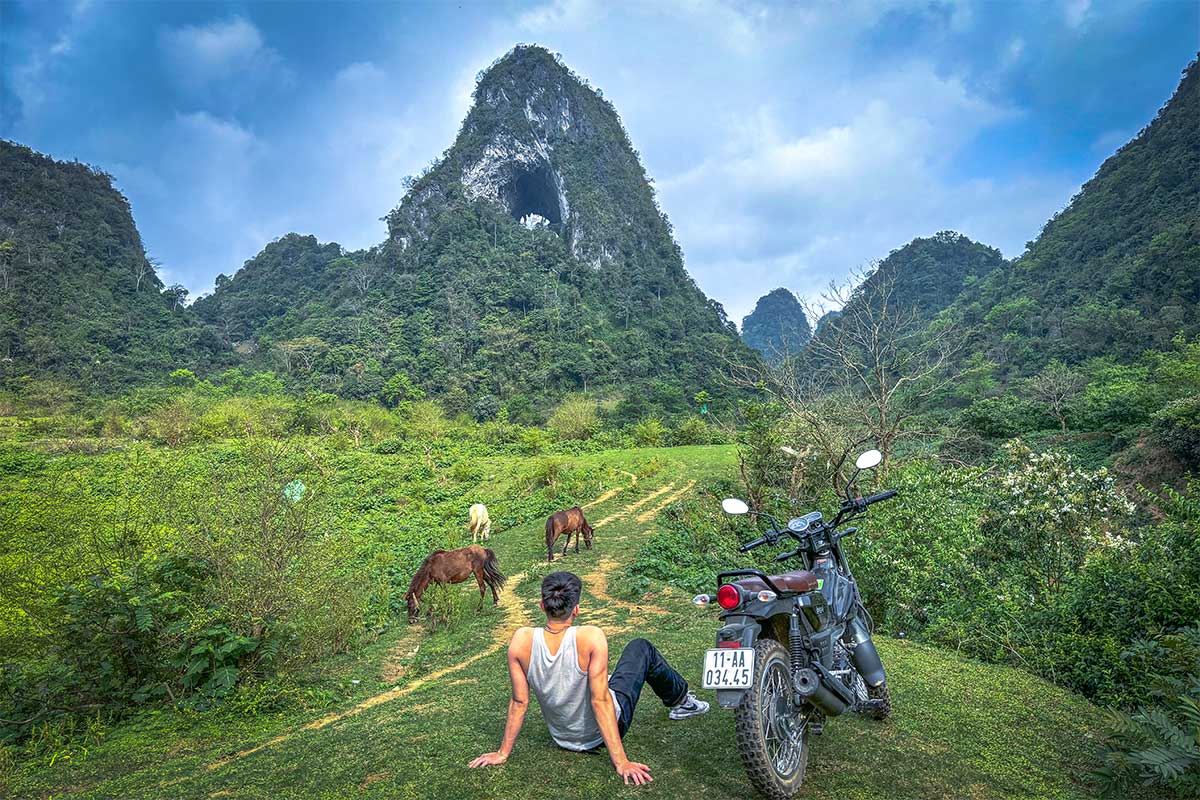
Sample Itinerary for North Vietnam (7–10 Days)
Here’s a suggested travel plan for those with 7 to 10 days:
Day 1–2: Explore Hanoi – Old Quarter, museums, street food
Day 3–4: Take an overnight cruise in Ha Long Bay
Day 5–6: Travel to Ninh Binh – enjoy boat rides and temples
Day 7–10 (optional): Head to Sapa or Ha Giang for trekking or motorbike loop
If you have more time, extend your trip to include Cao Bang or Moc Chau for a more local and off-the-beaten-path experience.
Travel Tips for North Vietnam
-
Currency: Vietnamese Dong (VND) is used everywhere. Always carry cash, especially in rural areas.
-
Language: English is spoken in tourist hubs. Learn a few basic Vietnamese phrases for remote areas.
-
Connectivity: SIM cards are cheap and widely available. Viettel and Mobifone offer good coverage.
-
Safety: North Vietnam is generally safe, but always be cautious on the road, especially with motorbikes.
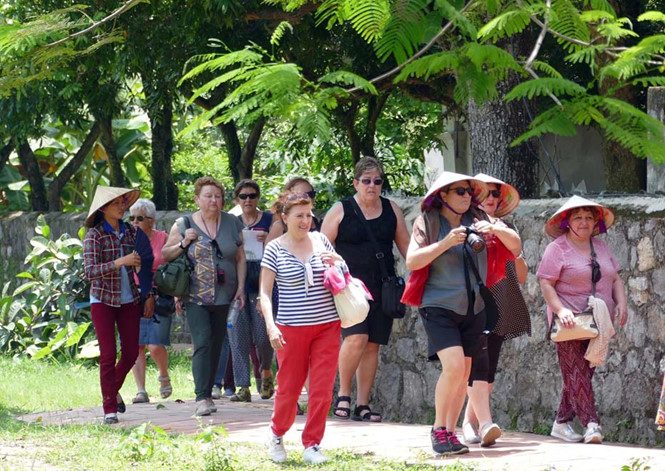
Conclusion: North Vietnam Travel Guide for a Memorable Journey
From the cultural depths of Hanoi to the misty mountains of Sapa, from the stunning karst landscapes of Ninh Binh to the adventurous Ha Giang Loop, North Vietnam has it all. Whether you’re a first-time visitor or a seasoned traveler, this region offers unforgettable experiences that reflect the true essence of Vietnam.
Let this North Vietnam travel guide be your companion as you explore the most magical corners of the country.
Pack your bags, charge your camera, and get ready to discover the wonders of the north.


